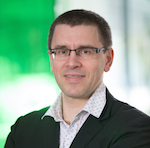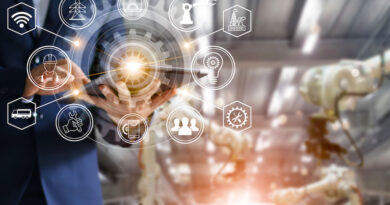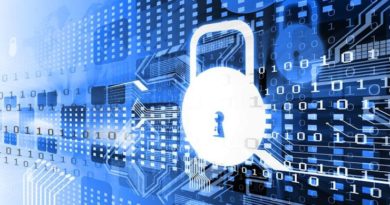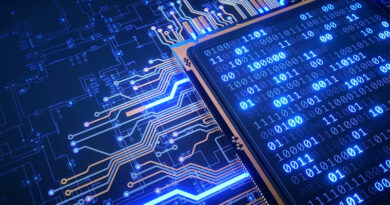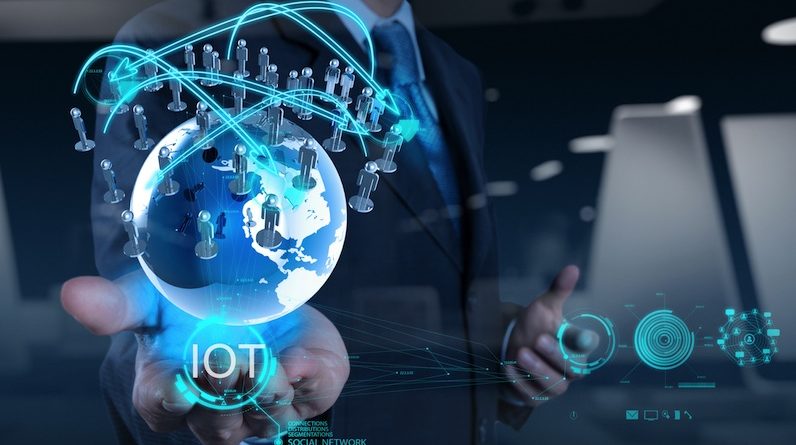
The New Data Economy in IoT/IIoT – Challenges and Opportunities
We are facing three megatrends urbanization, industrialization, and digitization that demand that we all do more with less, including energy.
To target the optimization of operational (and energy) efficiency, the improvement of productivity and maximization of asset utilization, one answer is the IT/OT convergence which consists of the integration of IT systems (enterprise data computing) with OT systems (used to monitor and control processes of enterprise industrial operations like manufacturing, oil & gas, water treatment, utilities…)
The IT and OT worlds were relatively isolated until recently, but digital technologies (Cloud computing, Big data, Internet of Things) has brought a revolution of Digital transformation leading to the convergence of IT and OT worlds increasing efficiency and productivity.
IoT/IIoT revolution as data enabler
The Internet of Things will be one of the primary drivers of the digital transformation of enterprises and society. The Industrial Internet of Things (IIoT) is the use of Internet of Things (IoT) technologies in manufacturing and industrial processes. We note that IDC estimates more than 80 percent of IoT spending through 2020 will be on B2B appli- cations and use cases.
For instance, Industry 4.0 is the new industrial revolution to push manufacturing into optimization.
Today’s IoT world is pervasive collecting data and transforming it into useful information. The benefits are immeasurable: Connected equipment can permit farmers to remotely adjust their irrigators based on real-time wind and weather conditions, thereby saving water and energy. Additionally, it can improve the efficiency of industrial robots. Perhaps, in the near future, digital services will lead us to self-repairing machines in factories and equipment in data centers.
Entering a data economy: IoT & AI combine to convert data into tangible value
Economic success no longer depends on just physical products, but on the combination of those products with actionable data.
It is imperative that we find a way to transfer the massive data collected by IoT devices into tangible value.
Artificial Intelligence (AI) is the way to address that challenge. In a nutshell, big data fuels AI, which gives all this data meaning through machine learning (as in predictive maintenance), augmented reality (data in context), and deep learning (technology that mimics the brain’s ability to learn).
At Schneider Electric, we leverage AI technologies to turn data into actionable insights. Our open, IoT-enabled EcoStruxureTM architecture is our “vehicle” for doing so. We bring together energy management, automation, connectivity, and software to make it possible for our customers to compete in today’s digital economy with one IoT architecture which enables IT/OT solution development at speed and scale.
Challenges and threats of the Digital transformation – The following challenges are key to foster the IoT/IIoT revolution:
› Data integration: the streams of data are making real-time data integration a critical competency. Use of Data Model is key.
› Skills and competencies: several skills (net- work, software, integration, analytics…) are required
› Way of thinking: remove organizational silos and transform to a collaborative approach between IT and OT
› Security, software and cloud industry: have European industry to deliver the necessary bricks (e.g. EU cryptographic library for IIoT devices)
› Secure Connectivity: deliver connectivity capability which respects 4 needs: low power consumption of devices, security, ease of installation, cost effectiveness. LPWAN (Low Power Wide-Area Network) is part of the technology suite which can achieve the target.
› Standards & Interoperability: To reach interoperability, the EU shall promote a well-functioning and globally leading standardization system, putting business players at the center while ensuring convergence of standards from various industrial sectors (IT & OT). A critical priority is to align objectives of Industry 4.0, AIOTI, IIC initiatives.
Cybersecurity is one of the main challenges of Digitization. IoT and IIoT are a target for malicious actors.
We must maintain the trust of users and this is one important objective of the Digital Single Market strategy, to protect the European assets.
We believe that the EU should insist on 3 aspects to foster the protection of IoT/IIoT systems and data
› Cyber Security: The European cybersecurity certification framework, put forward by the EU commission, should take the following main concerns:
• Solve the certification fragmentation in EU • Maintain “interoperability” with inter- national standards to not damage the competitiveness of EU companies outside Europe
• Adopt domain-specific international security standard like IEC62443 series
• Base the certification model on risk as- sessment and security process rather than product alone
• Do not support an IoT (IIoT) label for B2B products and systems. This could bring confusion and ignore the challenge of system security and integrity
› Data protection: Ensure consistency between different data privacy regulations; i.e. between GDPR, e-Privacy…
• For B2B applications, managing the complexity of different rules with other countries, like US or China, is a risk for the competitiveness of EU companies outside Europe (for instance, professional email address is considered as private in EU, but not in US and can have a huge impact of the design cost of IIoT offers and a barrier for SMEs)
› Import/export: Ease the use of encryption in EU by simplifying the import/export control of cryptographic means.
Conclusion
IoT/IIoT and Artificial Intelligence are at the heart of the data economy in industrial systems. The protection of systems and data implies to tackle the challenges of cyber security and privacy.

